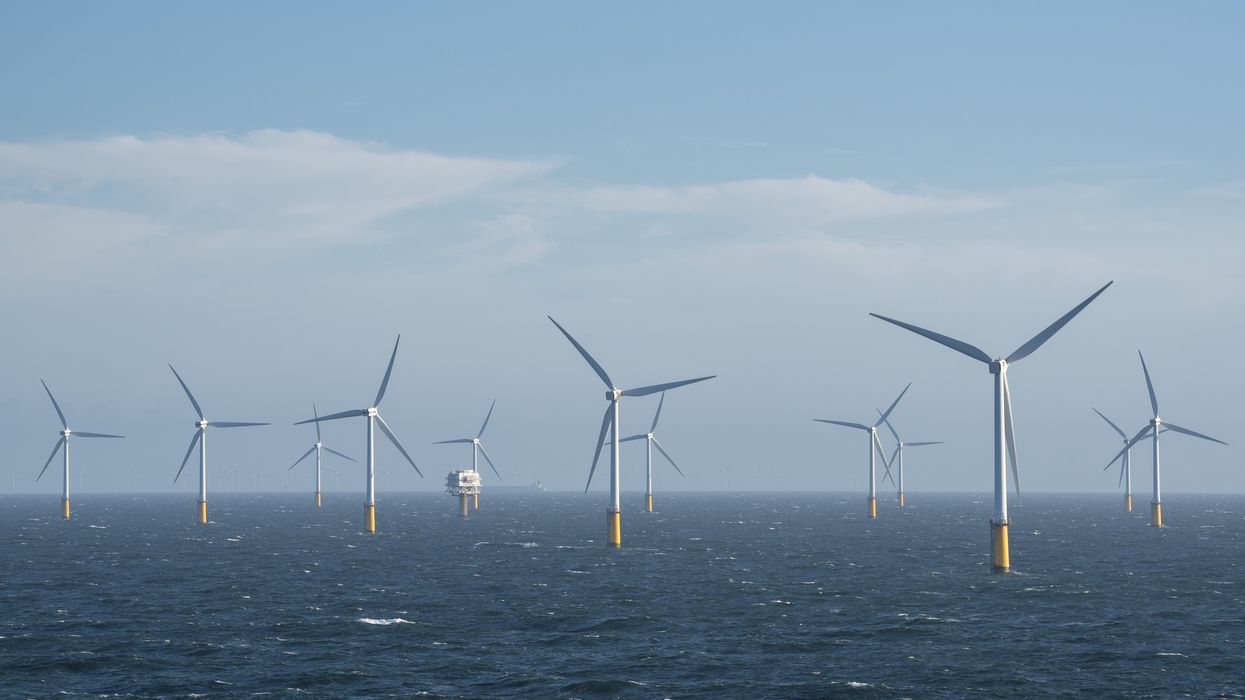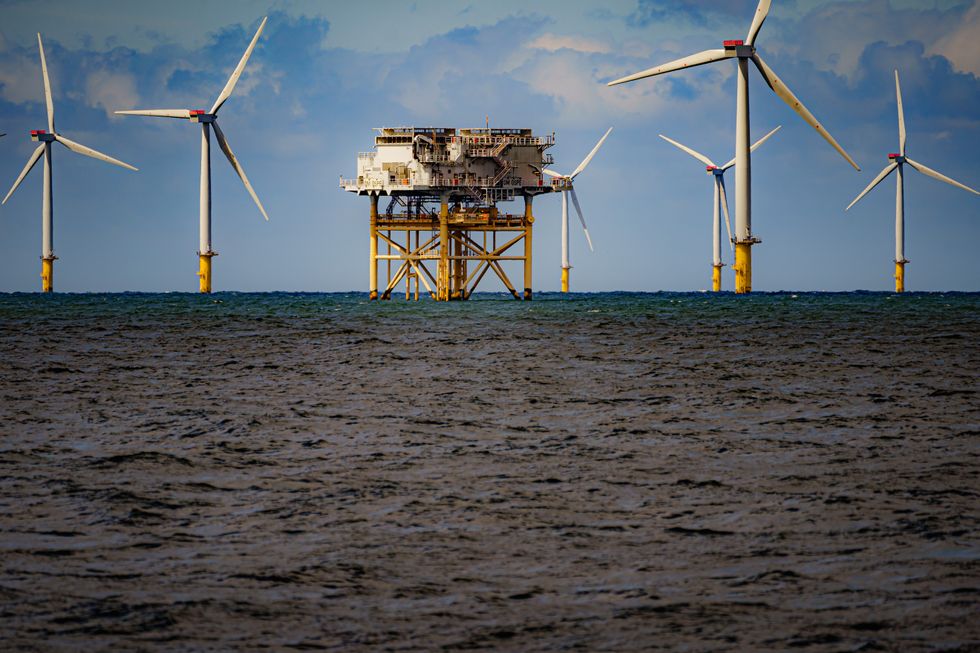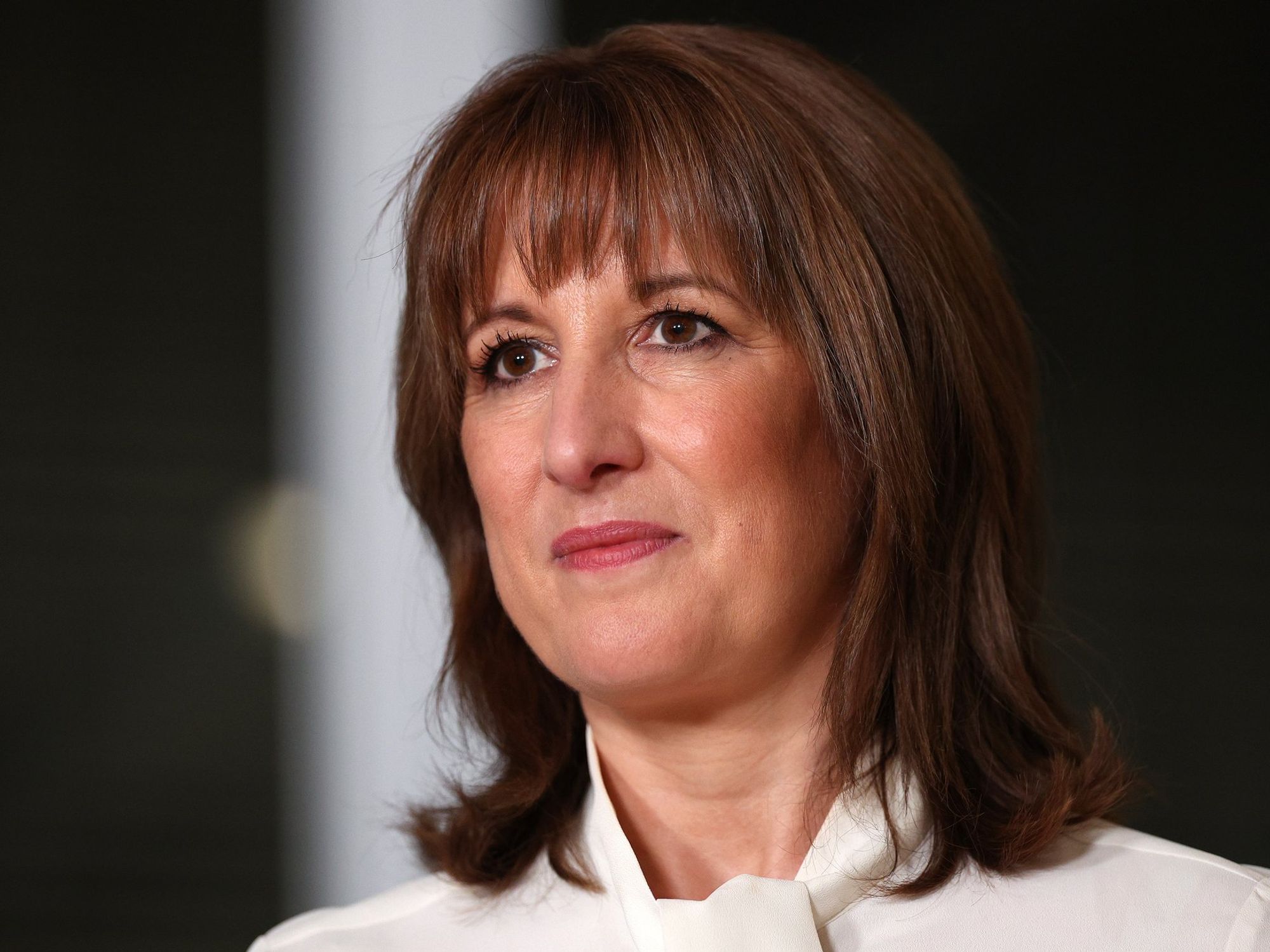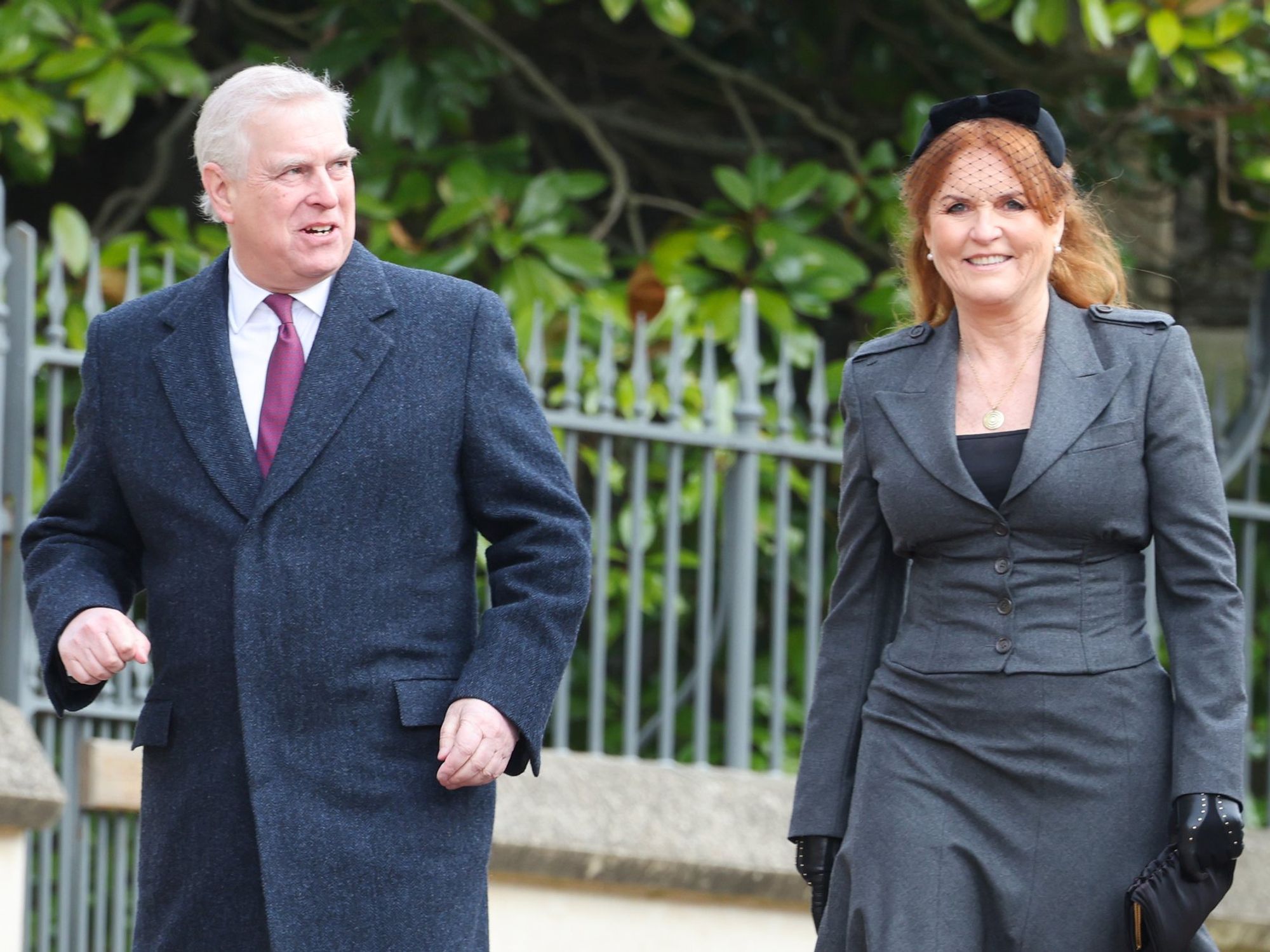Fears green wind turbines undermining UK's national security after RAF radars blinded

Plans for an expansion of turbines in the North Sea have sparked fears that Russia interfere
|Getty

The blades can scramble the RAF's radar readings
Don't Miss
Most Read
The UK’s push for net zero could impact its national security, as windfarm blades can interfere with Royal Air Force’s radars.
Plans for an expansion of turbines in the North Sea have sparked fears that Russia could launch a campaign of sabotage, as RAF radars could scramble radar readings.
The Ministry of Defence has spent £18million to rectify the blades’ interference, however the money poured in has so far been futile.
In April, a “ghost fleet” of Russian ships were spotted mapping wind farms and communication cables in the North Sea, sparking fears that Putin was planning to sabotage Europe’s energy infrastructure.
WATCH NOW: Sunak's net zero turnaround
Over the next seven years, Government ministers are hoping to build another 35 gigawatts of offshore wind capacity.
The problem lies with the blades of the turbines.
The blades reflect the electromagnetic pulses used by the RAF radars to detect aircraft, which creates issues in detection.
These pulses are reflected by planes, which send a signal back to aerials along the UK coastline which register their position.
However, radar pulses can also be reflected by metal wind turbines, which creates false results.
A serving RAF officer explains: “If you have three blades on one turbine, that’s three false reflections. Imagine you then put up 10 or 20 turbines.”
The move towards creating bigger turbines has created the problem, according to Rob Ward, an analyst with radar maker Lockheed Martin.
“When they were the height of Big Ben it was never a problem. Now they’re the height of the Shard.”
NET ZERO NEWS:
- ‘We didn't run out of wood before we moved to coal and oil!’ Michael Scellenburger blasts solar and wind as options
- 'Let's find a better guru!' Greta Thunberg torn apart by Tony Abbott in one line put-down
- UK power warning: Climate author claims grid to COLLAPSE in 2035 as 'energy supply crisis' mounts
Turbines in the North Sea can span as large as 80 metres, and the tallest one rises over 200 meteres from the ocean’s surface.
A new development planned in the North Sea is aiming to include up to 192 turbines and will span more than 20 miles.
Former RAF Tornado instructor Tim Davies used offshore turbines in training exercise to hide from “enemy” jets.
“We used to fly into wind farms and rapidly change direction, knowing that their radar would struggle to see us,” he says.

The move towards creating bigger turbines has created the problem, defence sources say
| PAThe government’s Defence And Security Accelerator (DASA) has been trying to fix the issue since 2019.
They recently gave funding to LiveLink Aerospace to experiment with fitting cameras on the blades.
Benjamin Keene, director of operations at LiveLink, says: “It’s a collection of different sensor types where we fuse the outputs together,” lapsing into military jargon as he details how a combination of remote cameras, microphones and radio aerials can be linked to special software that flags the presence of “fast jets”.
“We can ‘see’ things like VHF [very high frequency radio] transmissions, so if there’s an aircraft nearby that’s talking on the radio, we can put a target on a map and say ‘something is here’,” he continued.










